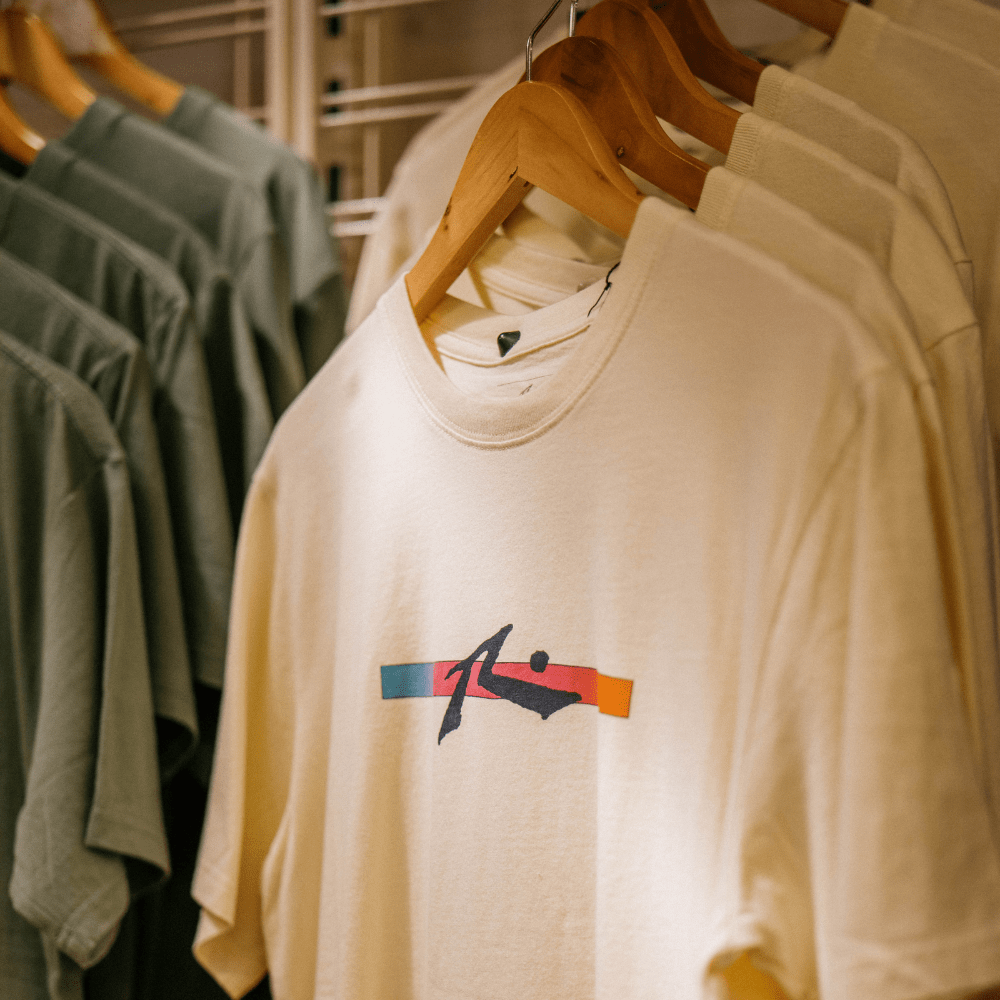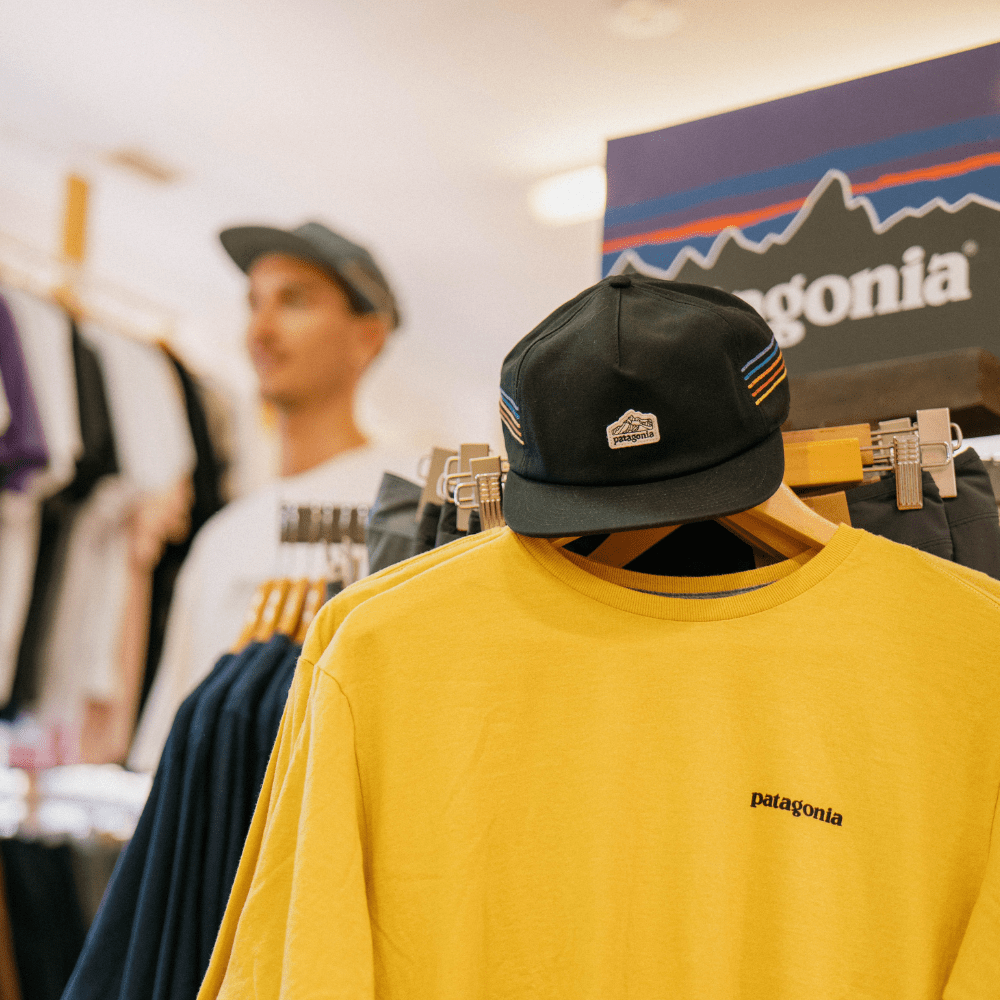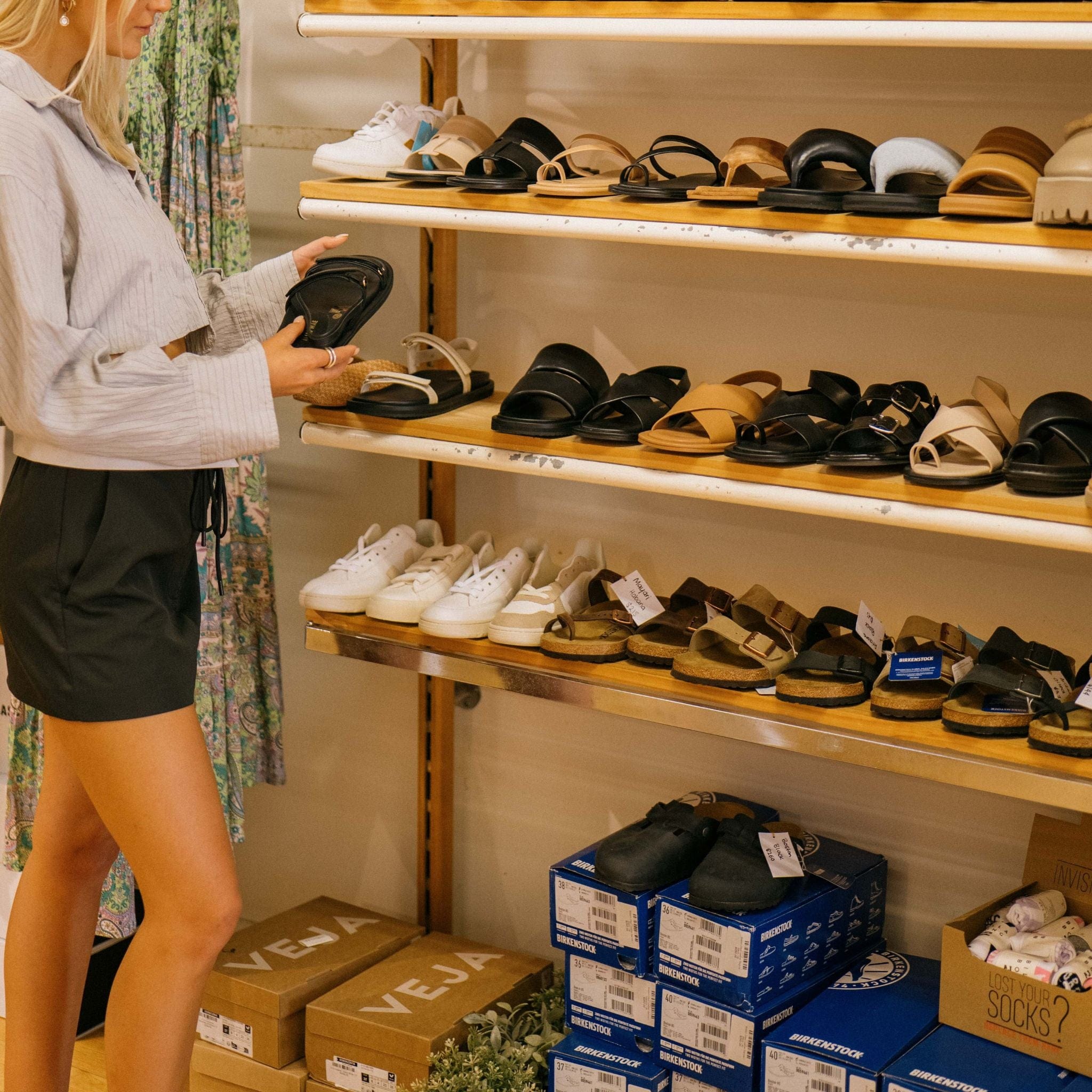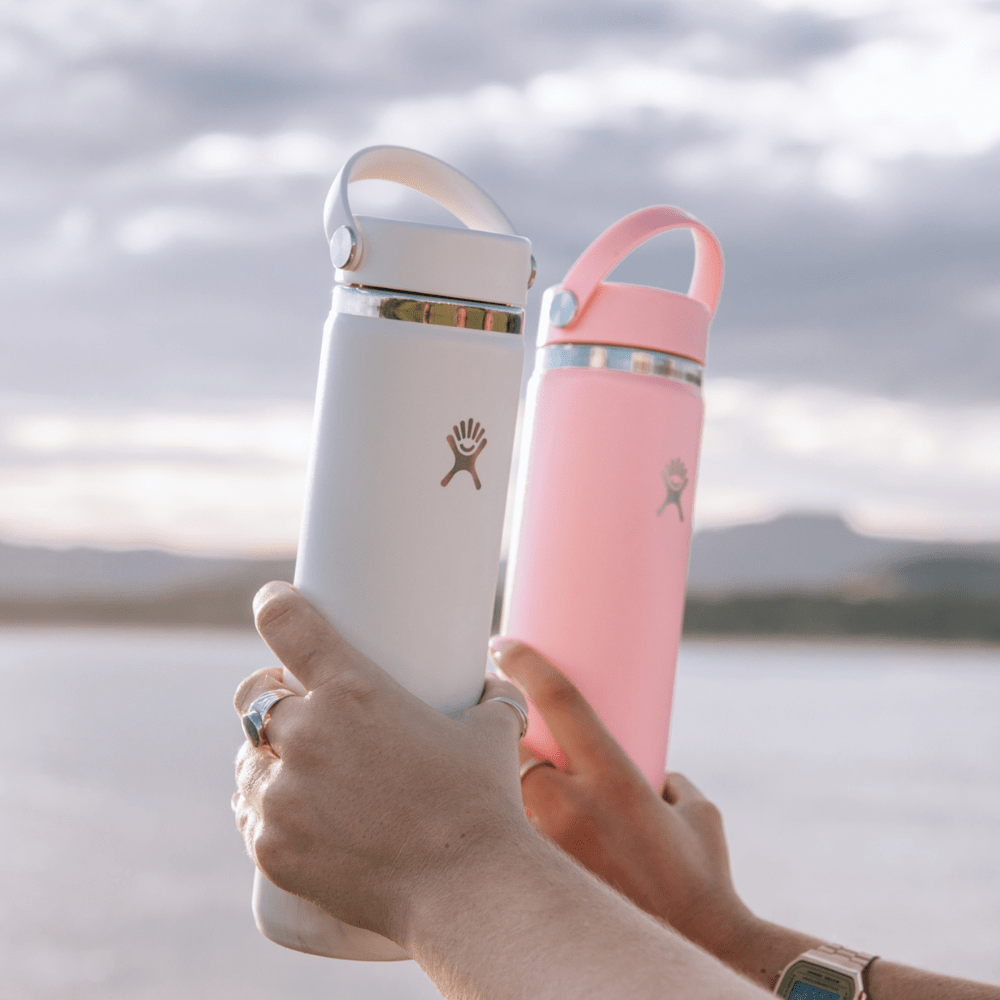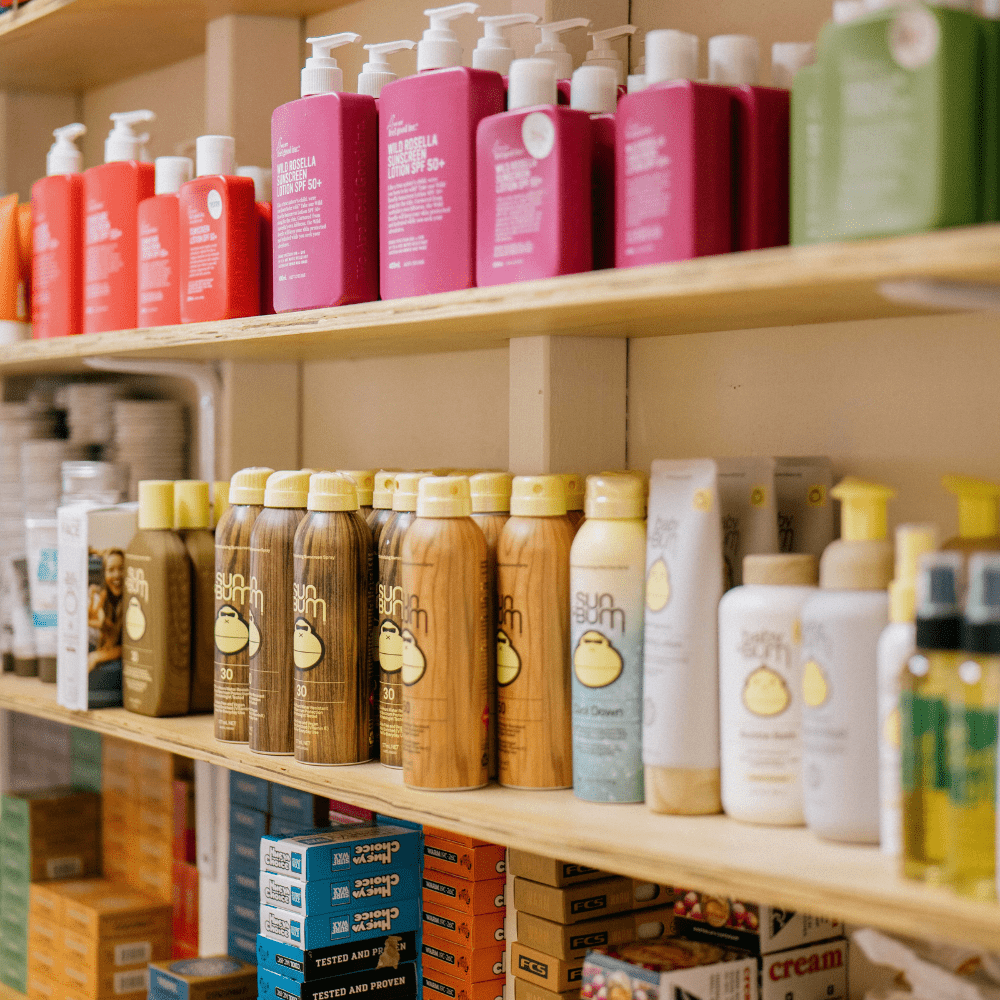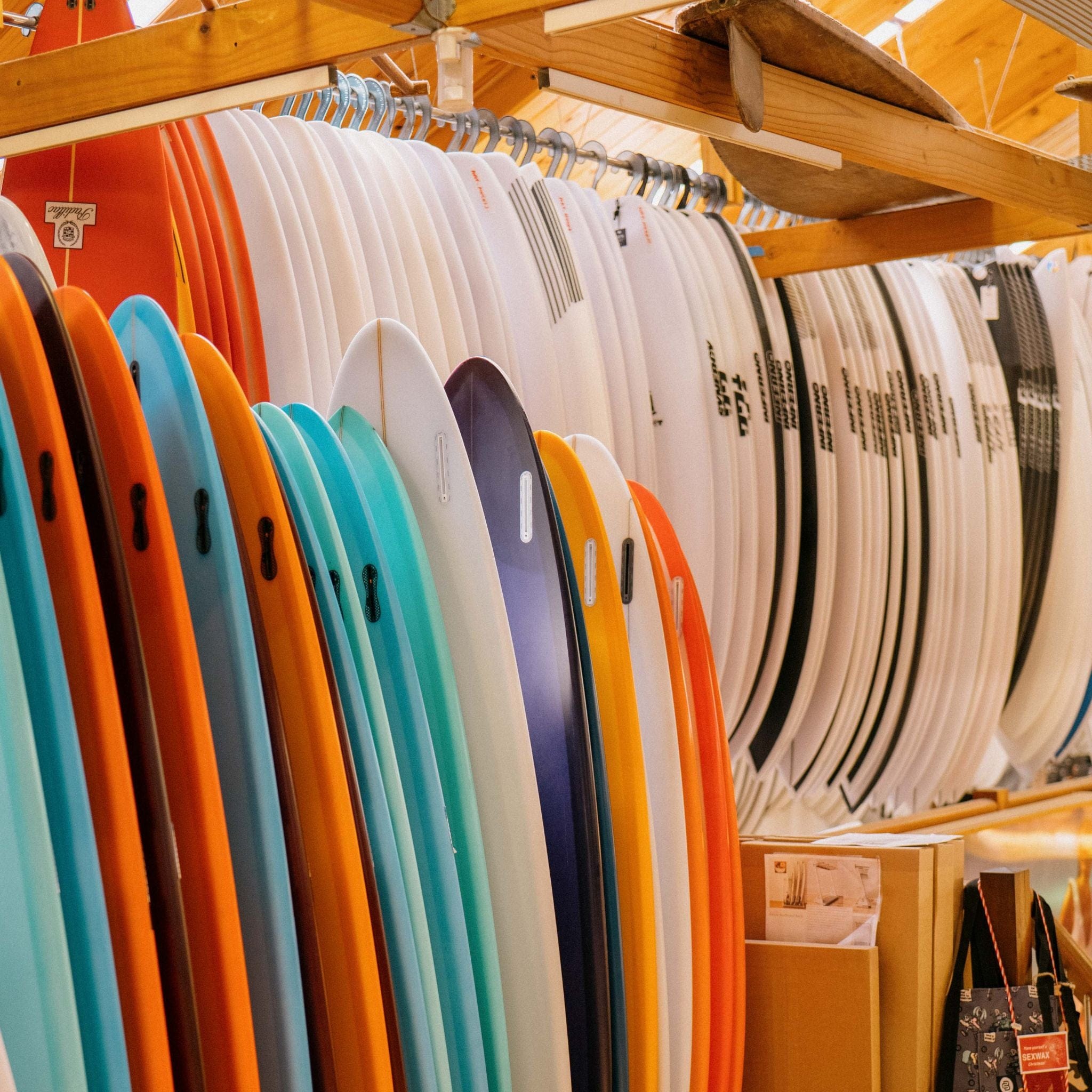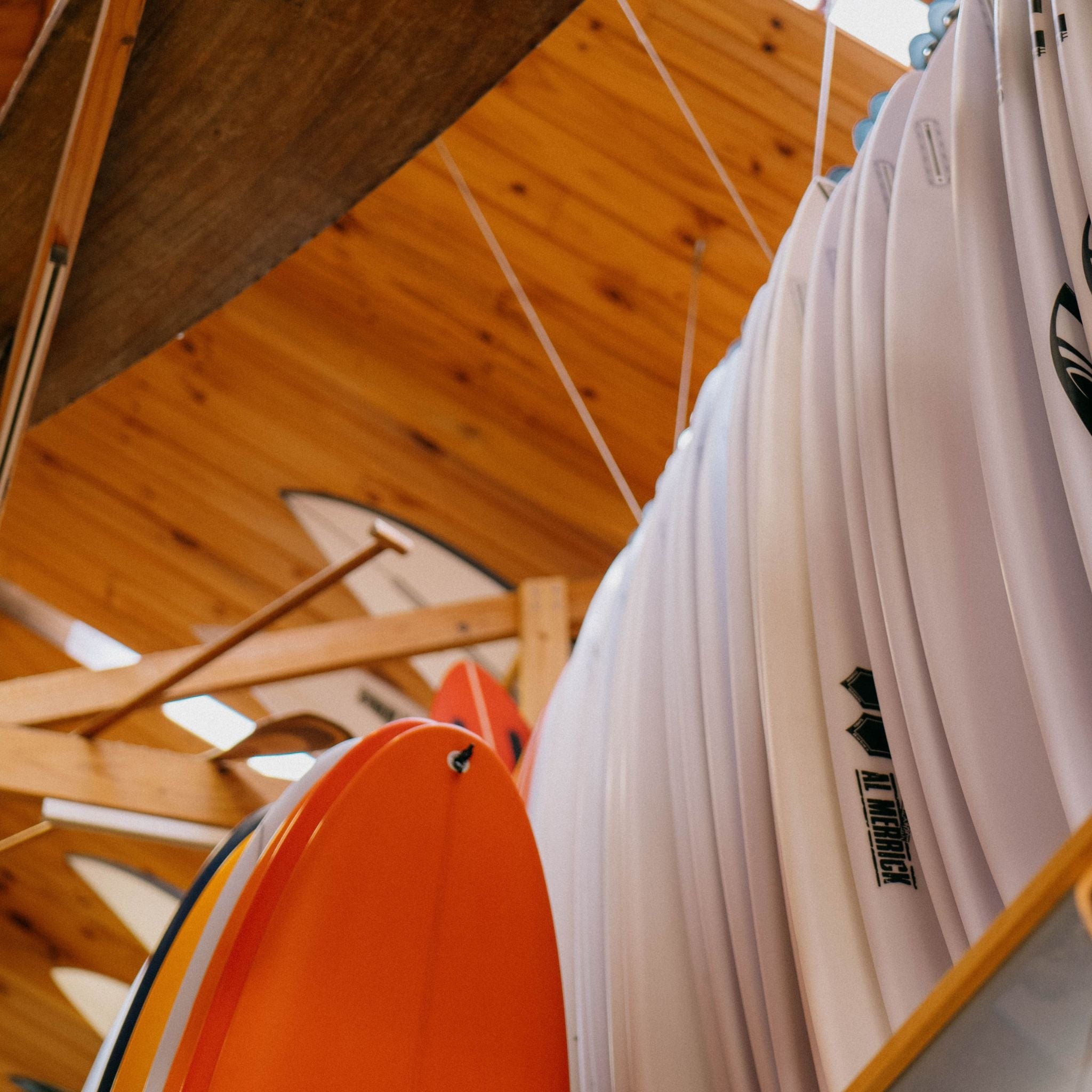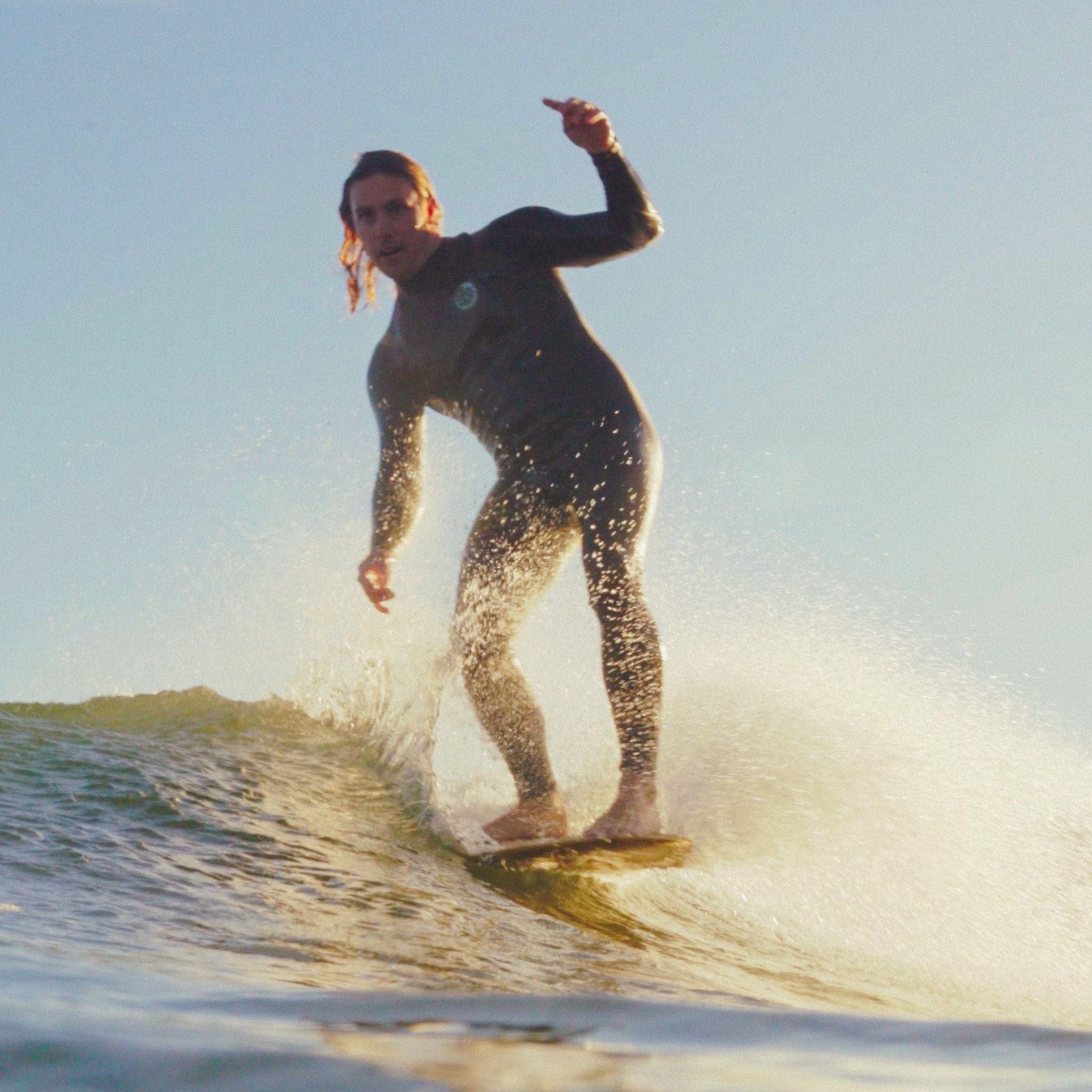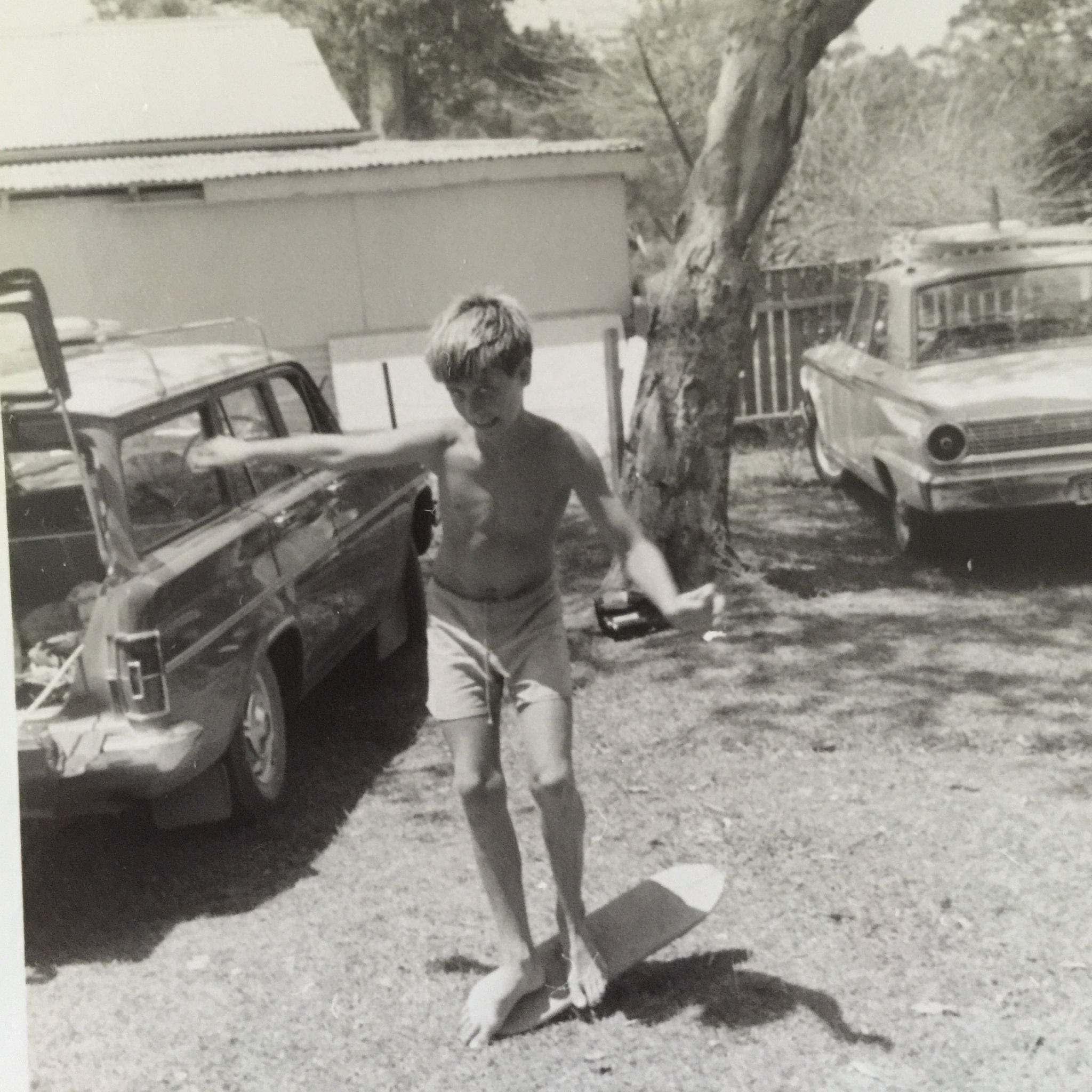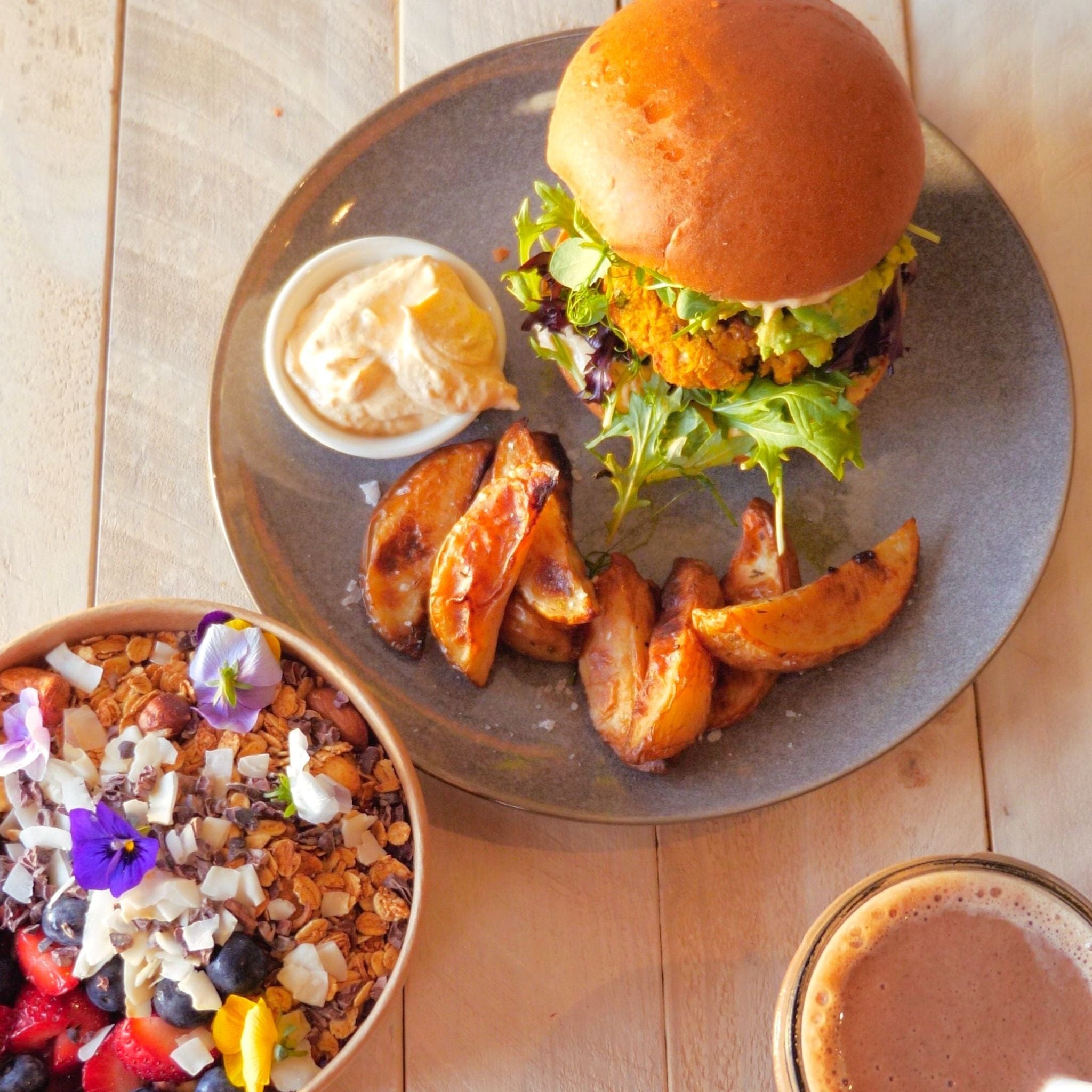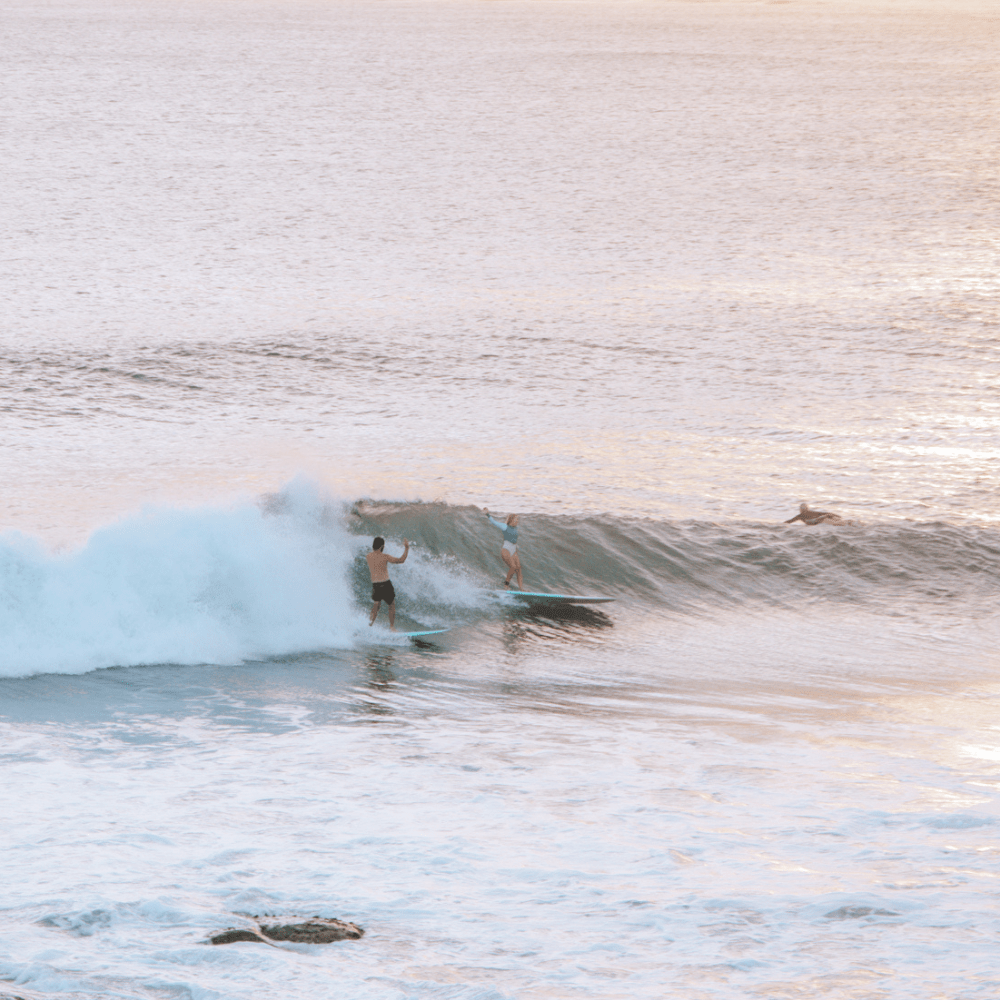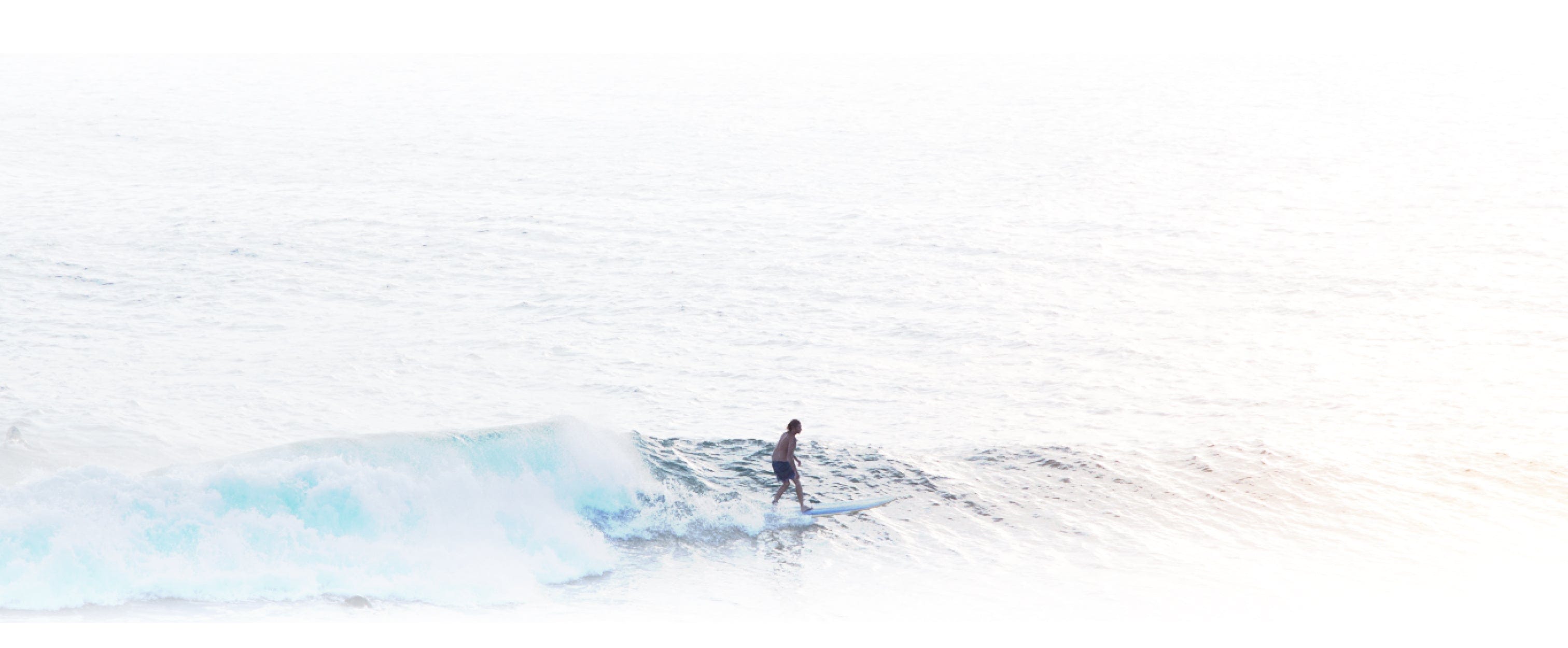Out of all the dimensions on a surfboard, surfboard volume is the most maligned.
We have no qualms with height, width or thickness. They're easy to gauge. But surfboard volume can be a notoriously tricky concept to grasp for many surfers.
Surfboard volume calculators do their bit to demystify what is a nuanced topic. But volume, or the amount of foam packed into the surfboard, isn't distributed evenly across a surfboard.
One board at 35 litres might feel completely different to another board with the same literage. Two boards with the same dimensions could have radically different litres.
See where we’re going?
We’ve sold thousands of surfboards since Natural Necessity was founded in 1976.
In this article, we leverage over three decades of knowledge and lift the lid on surfboard volume so you can buy with confidence knowing your next surfboard is the perfect match.
What is Surfboard Volume?

Surfboard volume is defined as the amount of space a finished board occupies measured in litres.
It's considered one of the most important dimensions to consider when selecting a surfboard, as it plays a crucial role in buoyancy and floatation.
When you hear someone talk about a "35-litre board", they’re referring to the volume of foam packed into the surfboard. This foam, or core material, is what gives a board its buoyancy and ability to float on top of the water. The more foam a surfboard has, the higher its volume will be and the more it floats.
Volume is calculated by measuring the length, width and thickness of a surfboard. However, unlike these other dimensions, surfboard volume is not evenly distributed throughout the board.
Most boards, and especially new boards, will have surfboard volume written on the underside near the stringer (middle timber strip running from nose to tail) or listed online in the product description.
Why is Surfboard Volume Important?
As a measurement, surfboard volume gives you a decent idea of a board's overall size and floatation.
For anyone buying a new surfboard, and particularly for anyone buying online, it's another point of reference that you can use to compare boards and make sure you're getting something suitable for your needs.
Here are a few key takeaways when it comes to surfboard volume and its importance for surfers:
-
The general rule is that the smaller the waves you'll be surfing, the more volume you'll need
-
This only changes for big wave surfers who require larger and more voluminous boards to paddle into the bigger waves
-
Early stage surfers will appreciate a higher-volume surfboard as it is more forgiving and easier to catch waves with
-
Conversely, more expert surfers who want to make quick directional changes or who require a board that "bites" into the face of steeper waves will want a thinner, less voluminous board
-
Purchasing a surfboard with the right measurements is crucial -- volume is a key factor but only when considered with height, length and width too
-
Most of the foam (or volume) is focused on the centre and, increasingly, in the nose of the board. There's generally less foam in the tail. You can see this when holding a surfboard and looking at the outline
How to Choose the Right Surfboard Volume for You
Choosing a surfboard is actually an intimately personal experience.
Whether you're getting a custom shape or buying from a store (a.k.a. buying off the rack), you need to be as certain as possible that the money you're investing is going to lead to easier paddling, better on-wave performance and ultimately more fun.
There's no hard and fast formula for calculating which volume will feel right for you. But there are some general guidelines, which we've broken down below into key points:
-
Choosing the right volume is all about weight. A heavier surfer will need more volume regardless of surfing level
-
Likewise, lighter surfers will be able to get away with less volume, generally speaking
-
Consider your skill level. Beginners will need a surfboard with a volume equal to their weight. For example, someone who weighs 70 kg will need a board with a volume of 70 litres
-
More experienced surfers can go for a board with less volume. For reference, a 5 foot 11 inches professional surfer weighing 75 kg will have an everyday surfboard (a.k.a. daily driver) with a volume of around 25-28 litres
-
If you're surfing in soft or weak waves, you'll want to scale up your volume by as much as 3-6 litres
-
Likewise, if you're surfing steeper, more technically challenging waves you can scale down slightly by 1-2 litres
Disclaimer: We can't stress this enough… volume isn't the only thing to consider when choosing a surfboard! Every surfer's body type, surfing style and personal preferences will play a role in determining the ideal volume for them. If in doubt, talk to our surf team! We'll be more than happy to give you specific advice on your next surfboard purchase.

Common Mistakes When Calculating Surfboard Volume
Volume is definitely a helpful metric for choosing the right surfboard, but that doesn't mean it's the end-all and be-all.
One mistake we see amongst surfers, especially those just getting into the sport, is that they buy surfboards with either too much volume or too little.
The latter is more common, and we find that some customers get super keen for a shortboard (understandable!) after one or two surf lessons, only to find that they’re unable to paddle and surf it!
Too much volume
-
Too much volume makes the board feel skittish, clunky and hard to manoeuvre
-
It's almost as if there's a delay between what you want the board to do and what it actually does
-
Your performance will suffer, and while the board might be pleasantly easy to paddle, it’ll also be harder to duckdive
Too little volume
-
Too little volume and you'll struggle to even reach the lineup!
-
Less volume means less buoyancy/flotation
-
This decreases paddle power, makes it harder to catch waves and generating speed is almost impossible
Again, if you're going to drop hundreds of dollars on a surfboard but you're not sure which shape and volume works for you, talk to someone who does.
It's by far the most accurate way to measure surfboard volume. You'll save yourself disappointment, hassle and money in the process.
Remember, you can always hire surfboards from Natural Necessity if you want to play around with different shapes and volumes. Our team is more than happy to hook you up.
Just get in touch using the button below or phone 02 4234 1636 during business hours.
More waves and more fun on a regular basis await!

